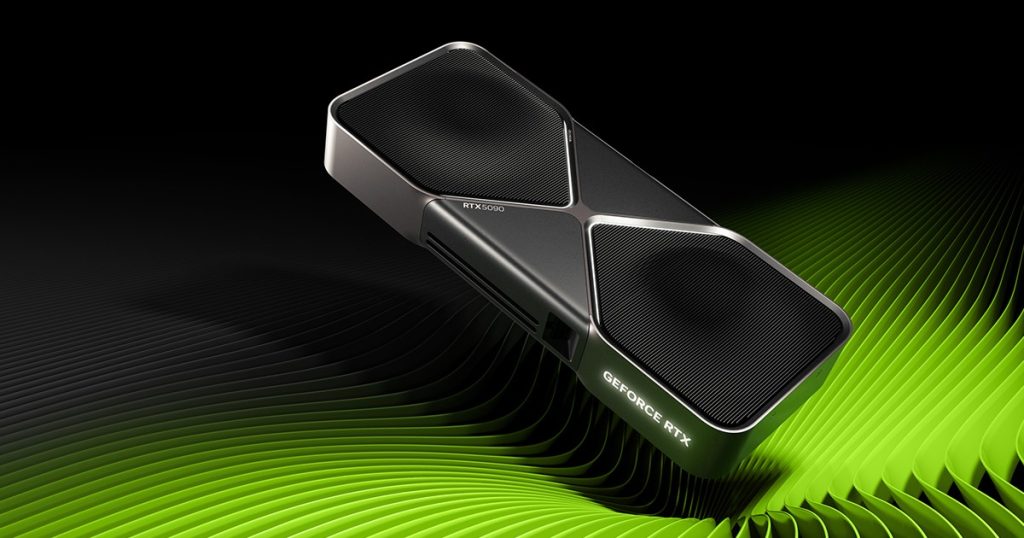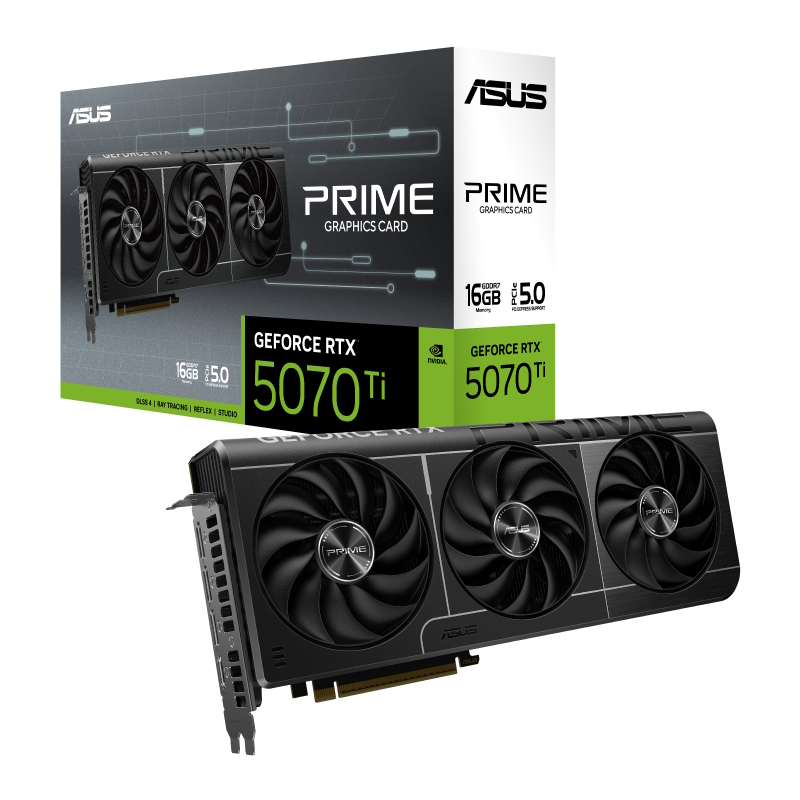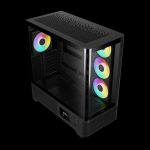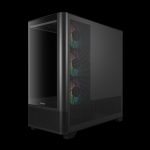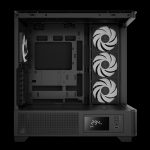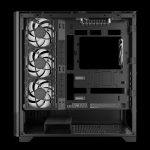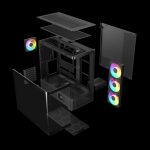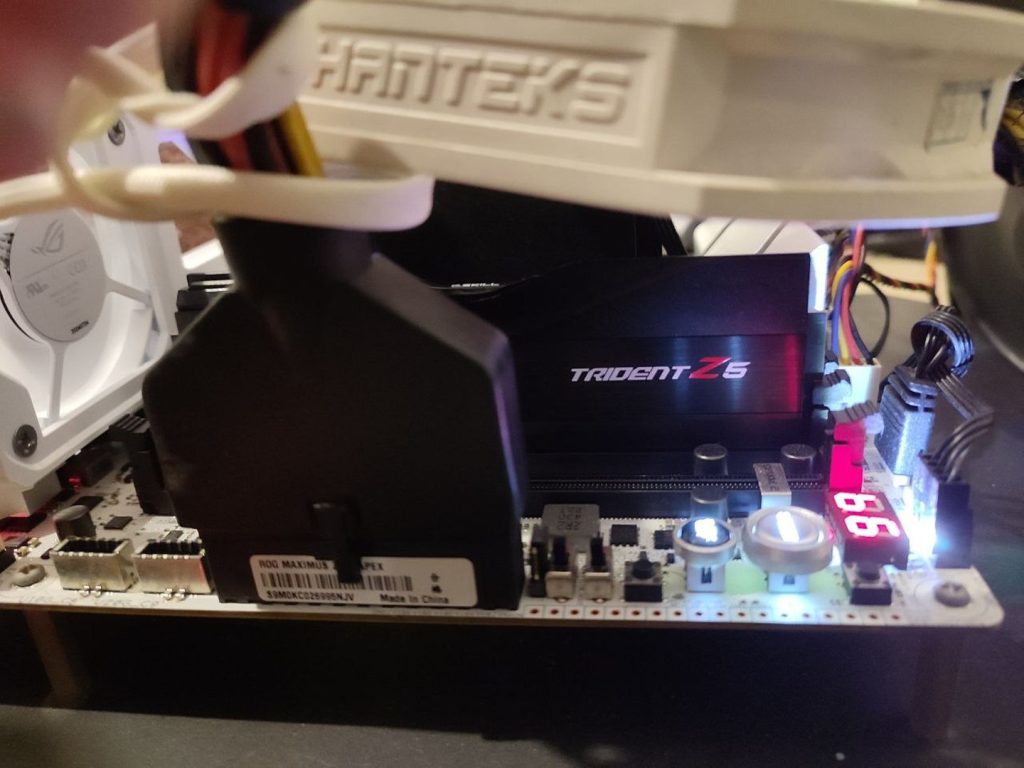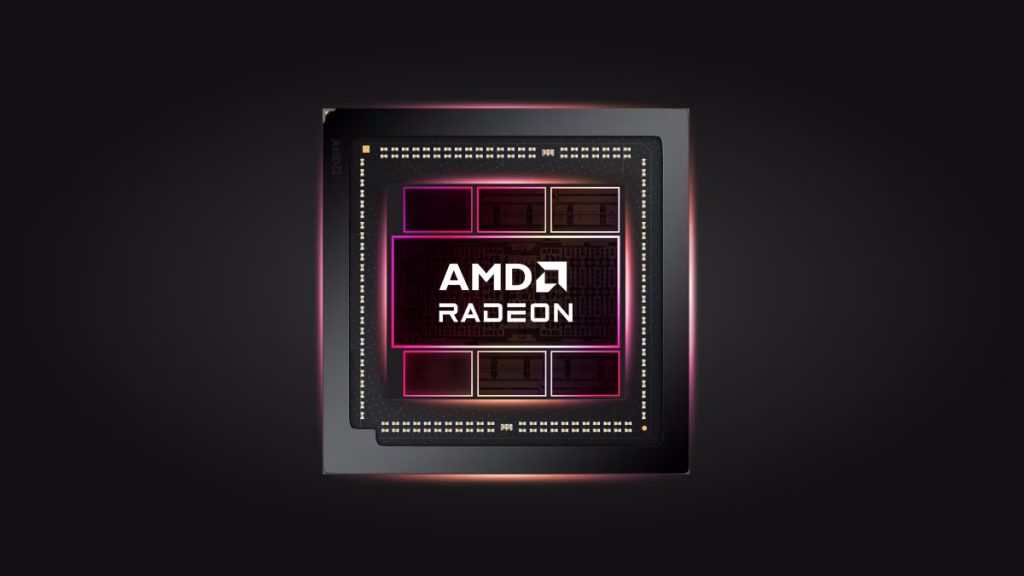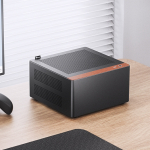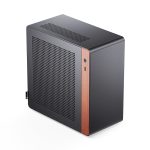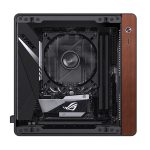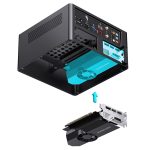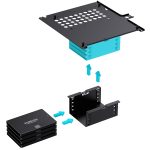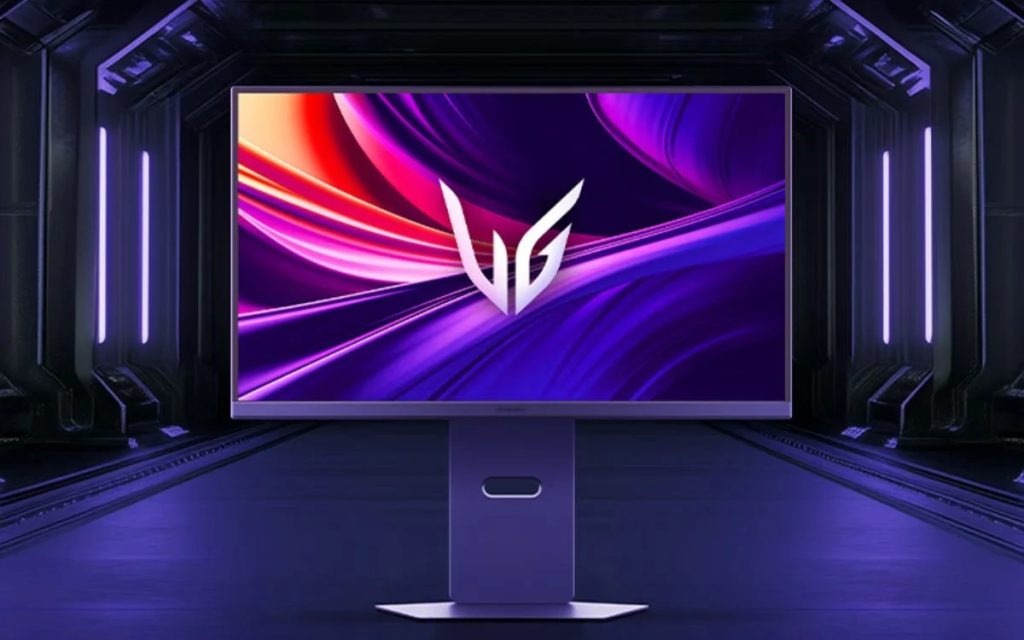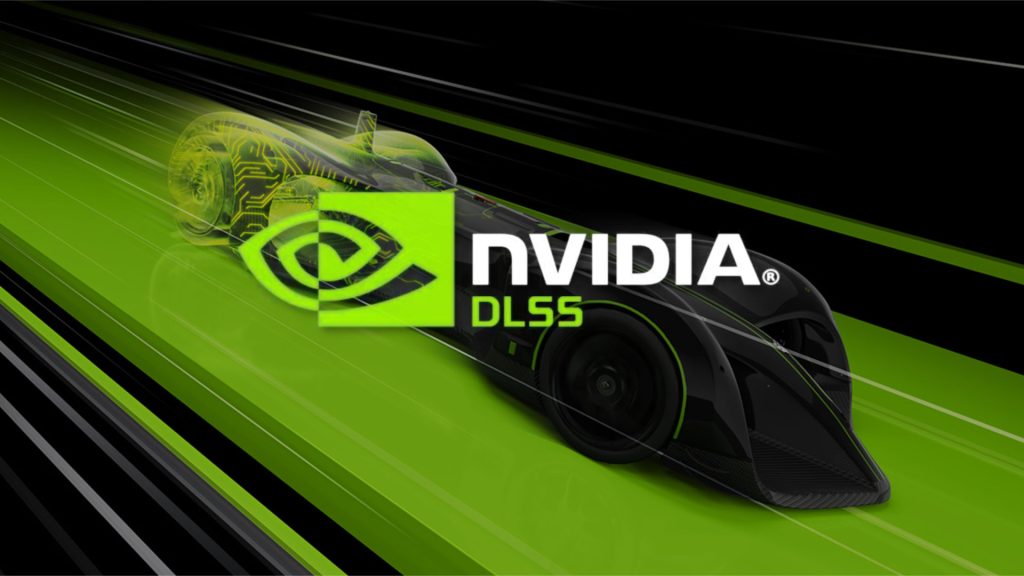Silverstone launches new aquarium-inspired Lucid 04 mATX case
Silverstone has just unveiled the Lucid LD04, a stylish micro-ATX chassis that offers a panoramic view of your system's internals and supports a wide variety of components.
Inspired by the popular aquarium-style trend, the Lucid LD04 features tempered glass front and side panels, providing a stunning 270-degree view of your internal components. This design lets you showcase your carefully chosen hardware while ensuring optimal airflow and thermal performance through the vented panels surrounding the rest of the case.
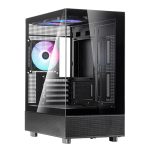
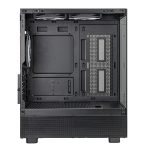
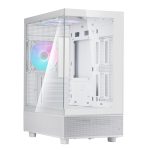
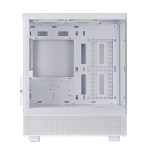
Despite its compact size (38.25 litres), the Lucid LD04 can accommodate micro-ATX motherboards and most triple-fan graphics cards up to 350 mm long. It offers ample space for components and provides multiple internal mounts for up to seven 120 mm fans (rear and top fan mounts also support 140 mm models). It supports CPU coolers up to 177 mm tall and can accommodate 240 mm or 280 mm radiators in the top panel. The PSU (up to 150 mm long) is housed in a separate vented compartment at the bottom.
Silverstone chose a USB-C port, two USB-A 3.0 ports, a 3.5 mm audio jack, and a 3.5 mm mic port for the front I/O. The Lucid LD04 will be available in black and white finishes. The black version will retail for $72.99, while the white version will be slightly more expensive at $79.99. Both versions come with three ARGB 120 mm fans.
KitGuru says: Although cheap for an aquarium case, the Lucid LD04 is slightly limited in some aspects. However, if these don't interfere with your needs, this could be a case worth considering if you want something different from a traditional-looking case and don't want to spend much.
The post Silverstone launches new aquarium-inspired Lucid 04 mATX case first appeared on KitGuru.